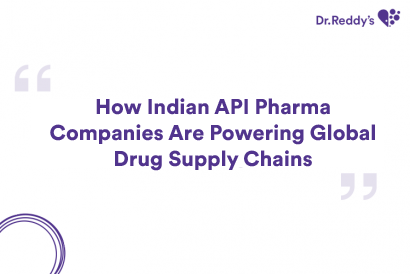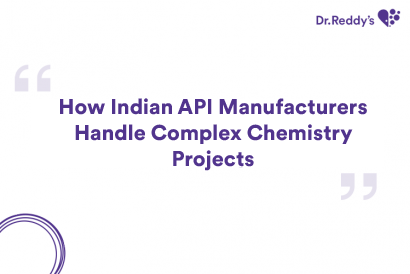Formulation Strategies and Pharmaceutical Analysis for Anti-diabetic APIs
Diabetes mellitus is a chronic metabolic disorder characterized by hyperglycaemia and altered metabolism of carbohydrates, lipids, and proteins. With the increasing prevalence of diabetes worldwide, the development of effective anti-diabetic Active Pharmaceutical Ingredients (APIs) is crucial. This blog explores the formulation strategies and pharmaceutical analysis techniques employed in the development of anti-diabetic APIs.
Formulation Strategies
Selection of API:
The choice of API is critical in the formulation of anti-diabetic drugs. Commonly used APIs include metformin, sulfonylureas, thiazolidinediones, and DPP-4 inhibitors. Each API has unique properties and mechanisms of action that influence the formulation process.
Dosage Form Design:
Oral Tablets and Capsules: These are the most common dosage forms for anti-diabetic drugs. They offer convenience and ease of administration. Formulation considerations include the solubility and stability of the API, as well as the use of excipients to enhance bioavailability.
Injectables: Insulin and GLP-1 receptor agonists are often formulated as injectables. These formulations require careful consideration of sterility, stability, and patient compliance.
Transdermal Patches: These offer a non-invasive alternative for drug delivery. They provide a controlled release of the API and improve patient adherence.
Dosage Form Design:
Injectables: Insulin and GLP-1 receptor agonists are often formulated as injectables. These formulations require careful consideration of sterility, stability, and patient compliance.
Transdermal Patches: These offer a non-invasive alternative for drug delivery. They provide a controlled release of the API and improve patient adherence.
Use of Excipients:
Excipients play a vital role in the formulation of anti-diabetic drugs. They can enhance the solubility, stability, and bioavailability of the API. Common excipients include binders, disintegrants, lubricants, and surfactants.
Controlled Release Formulations:
Controlled release formulations are designed to release the API over an extended period. This approach helps maintain consistent blood glucose levels and reduces the frequency of dosing. Techniques such as matrix systems, reservoir systems, and osmotic pumps are employed in controlled release formulations.
Pharmaceutical Analysis
Analytical Method Development:
The development of robust analytical methods is essential for the quality control of anti-diabetic APIs. Techniques such as High-Performance Liquid Chromatography (HPLC), Gas Chromatography (GC), and Mass Spectrometry (MS) are commonly used for the analysis of APIs1.
Validation of Analytical Methods:
Analytical methods must be validated to ensure accuracy, precision, specificity, and sensitivity. Validation parameters include linearity, range, limit of detection (LOD), limit of quantitation (LOQ), and robustness2.
Stability Testing:
Stability testing is conducted to determine the shelf life of the API and the formulated product. It involves subjecting the product to various environmental conditions such as temperature, humidity, and light. Stability-indicating methods are used to detect any degradation products.
Dissolution Testing:
Dissolution testing is performed to evaluate the release profile of the API from the dosage form. It helps in predicting the in vivo performance of the drug. The dissolution rate can be influenced by factors such as the formulation composition, manufacturing process, and storage conditions.
Bioanalytical Methods:
Bioanalytical methods are used to measure the concentration of the API in biological matrices such as blood, plasma, and urine. These methods are crucial for pharmacokinetic and bioavailability studies.
Conclusion
The formulation and analysis of anti-diabetic APIs require a comprehensive understanding of pharmaceutical sciences. By employing advanced formulation strategies and robust analytical techniques, it is possible to develop effective and safe anti-diabetic medications. Continuous research and innovation in this field are essential to address the growing global burden of diabetes.
- Call us:
 +91 40 49002253
+91 40 49002253
Contact Us
请填写以下表格,我们会尽快与您联系.





